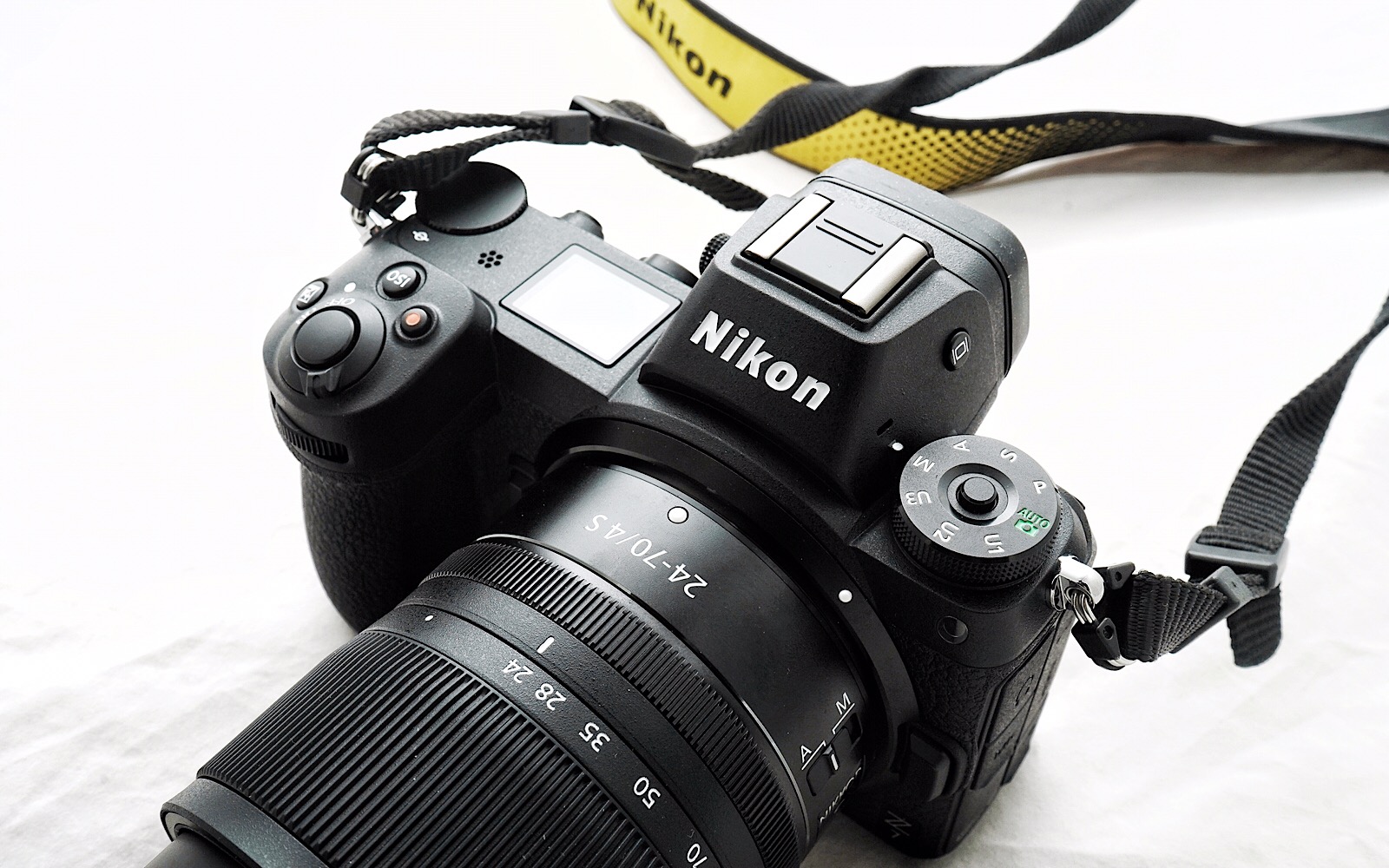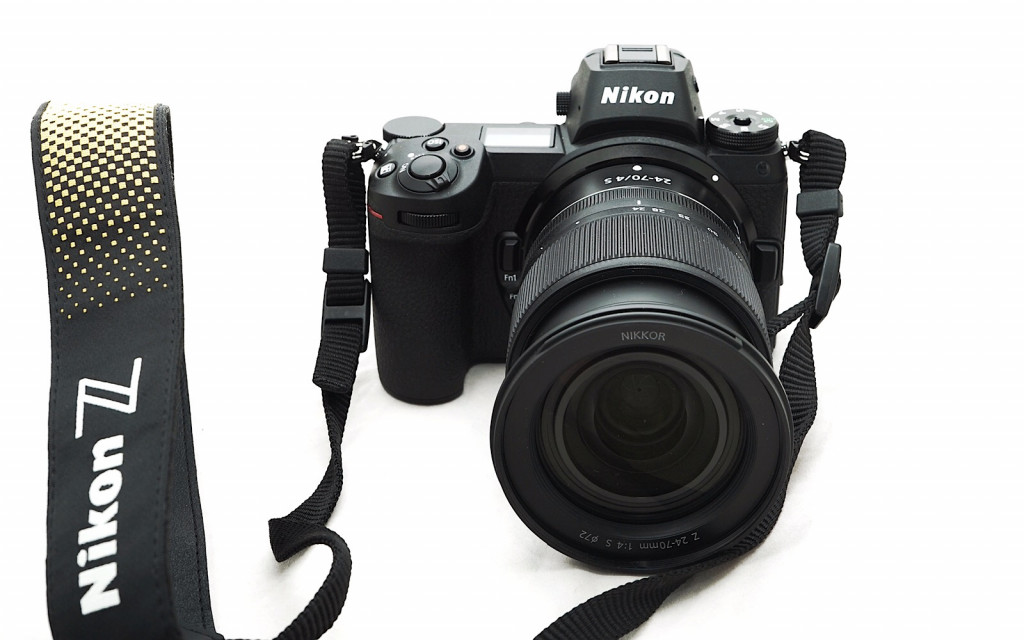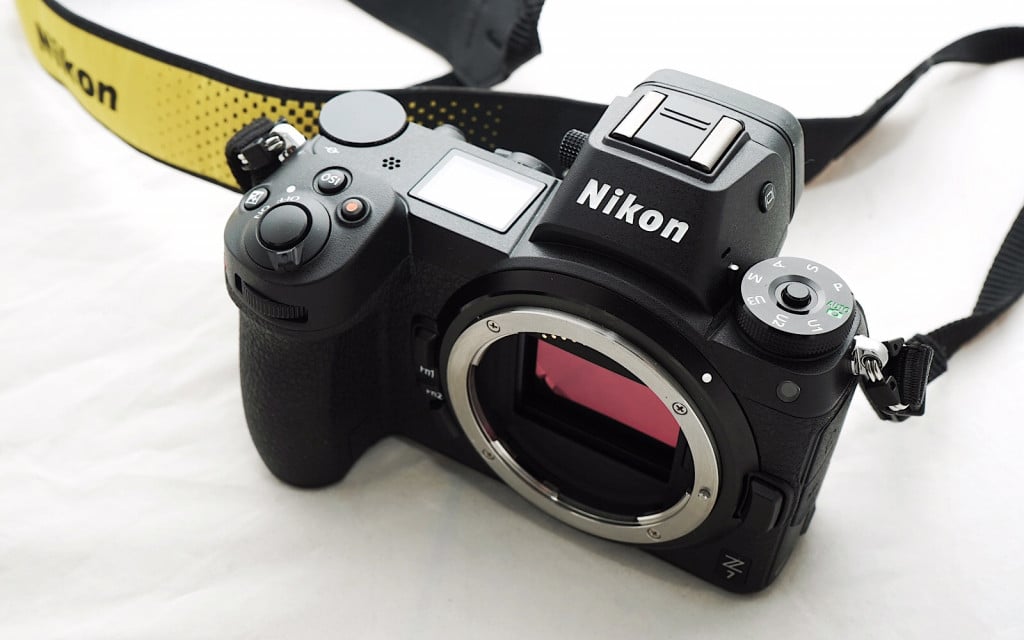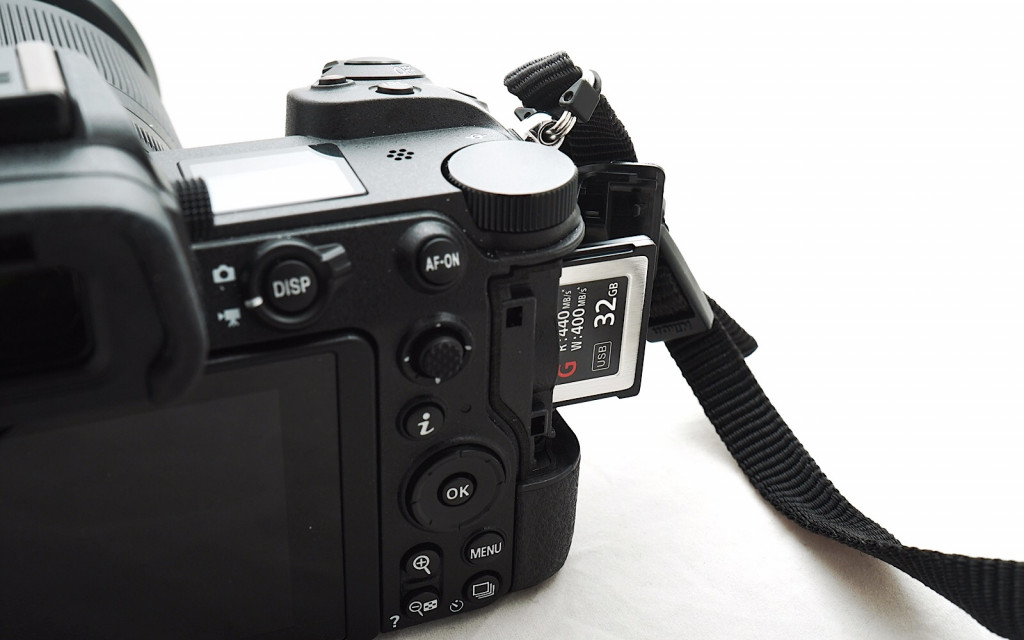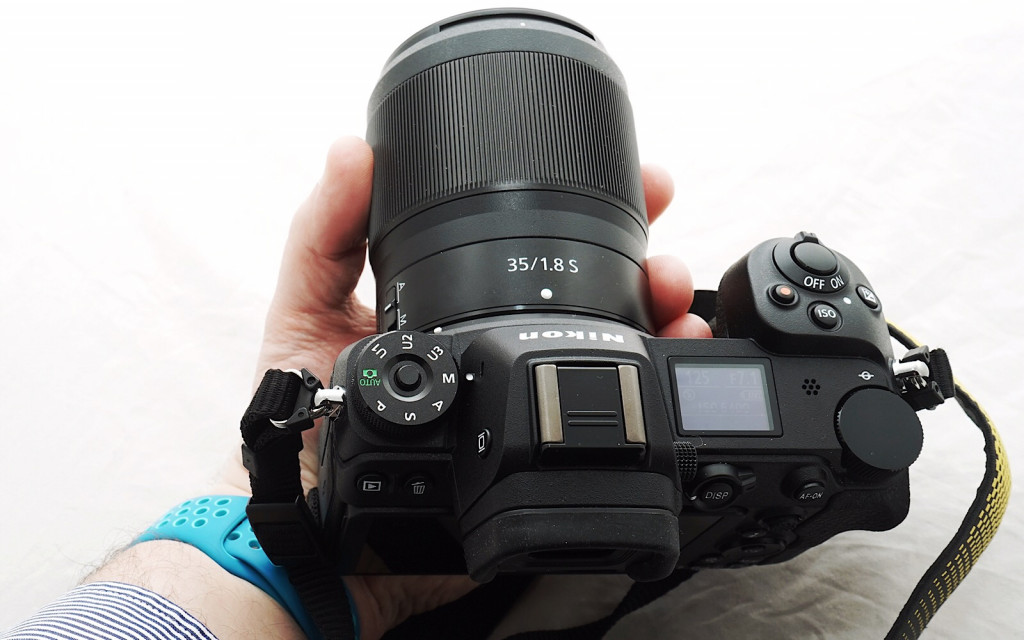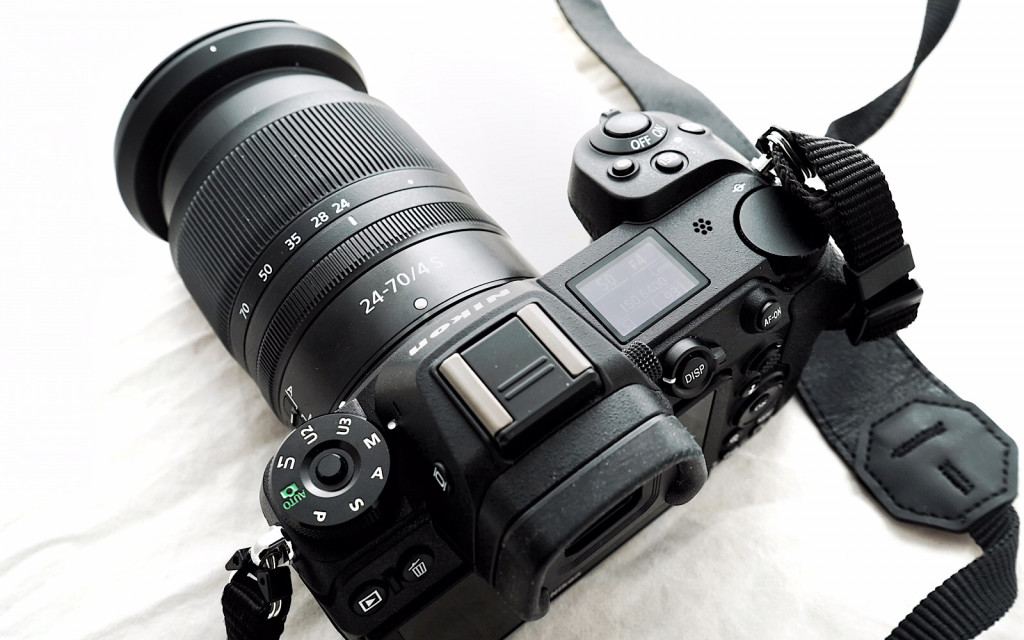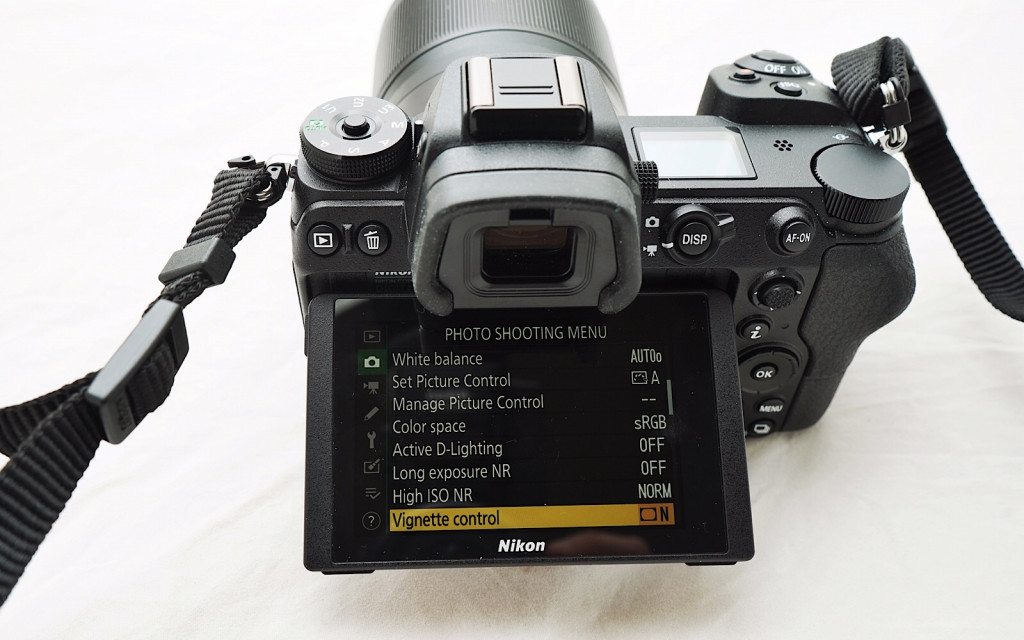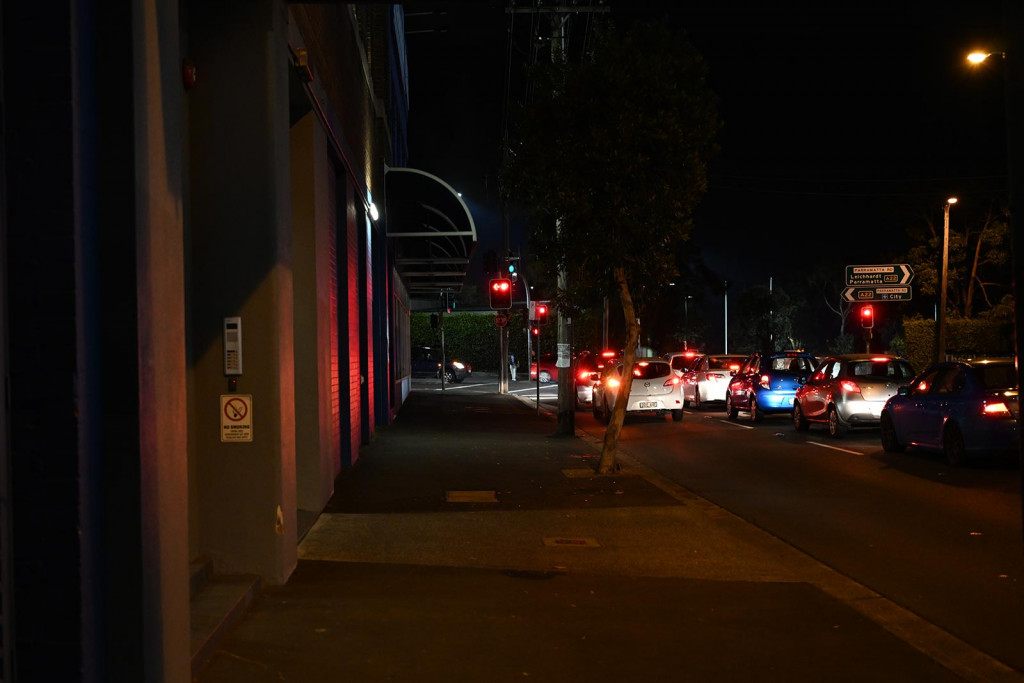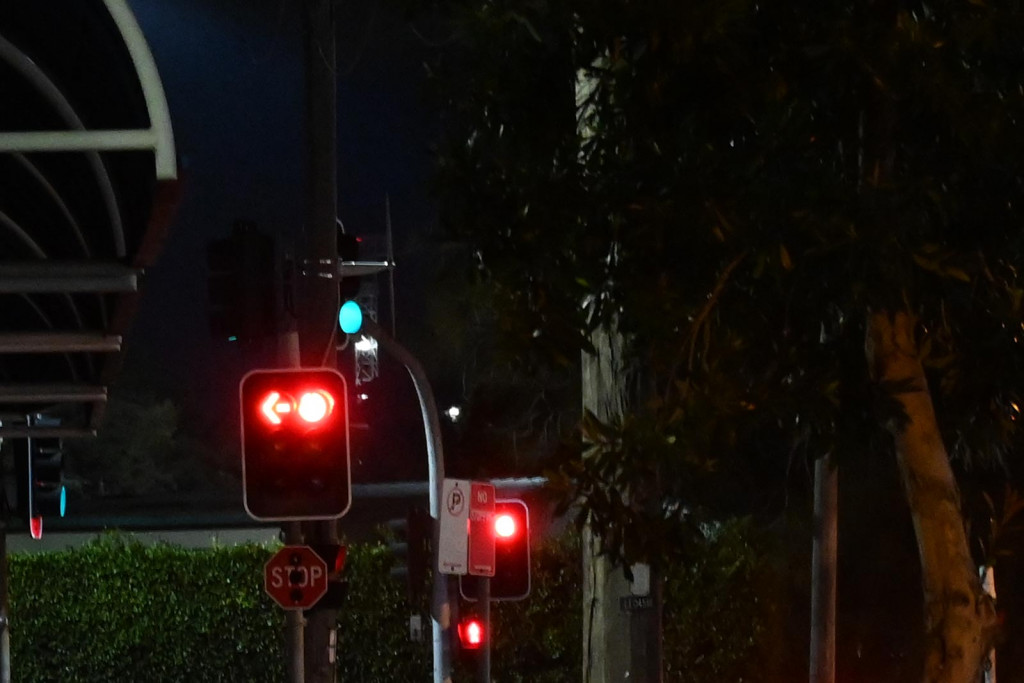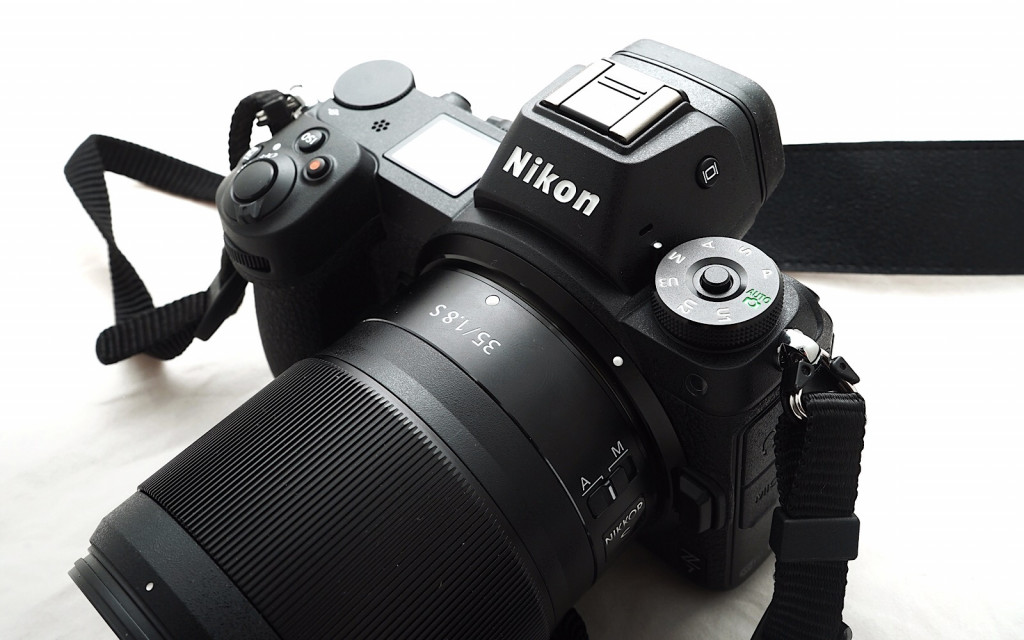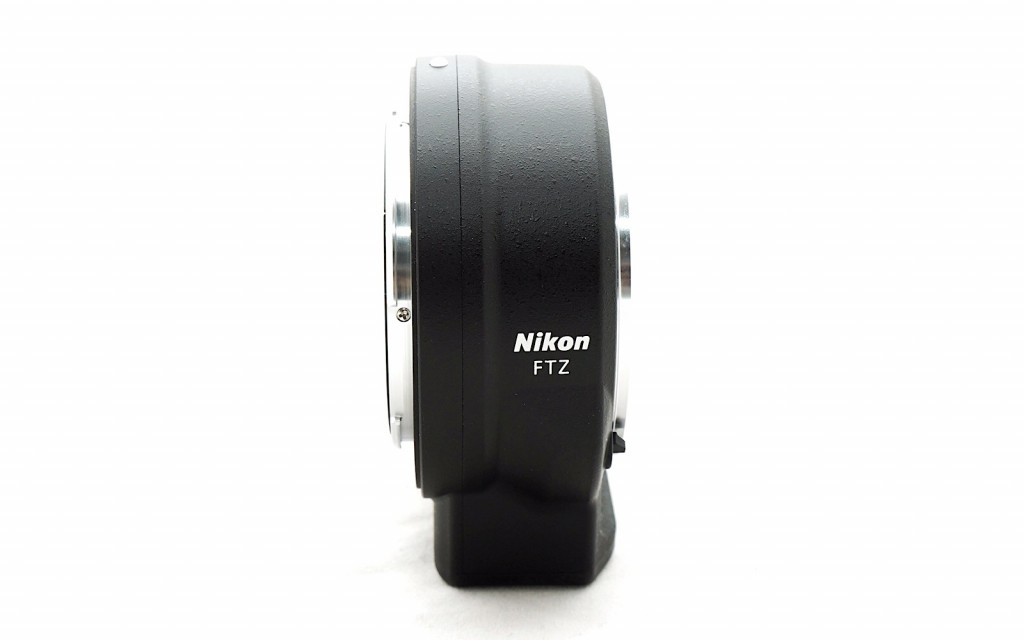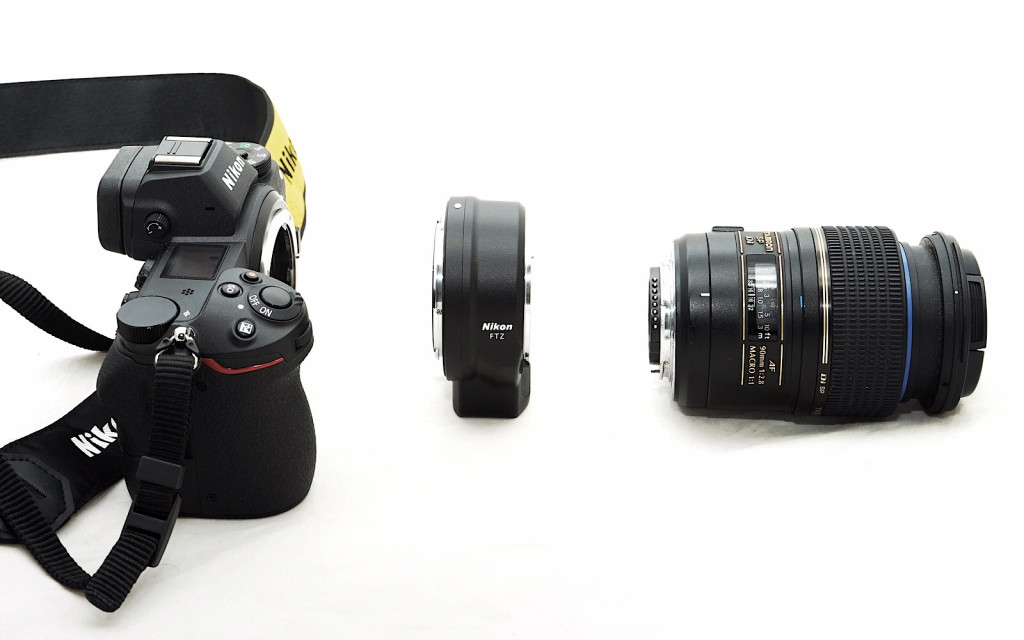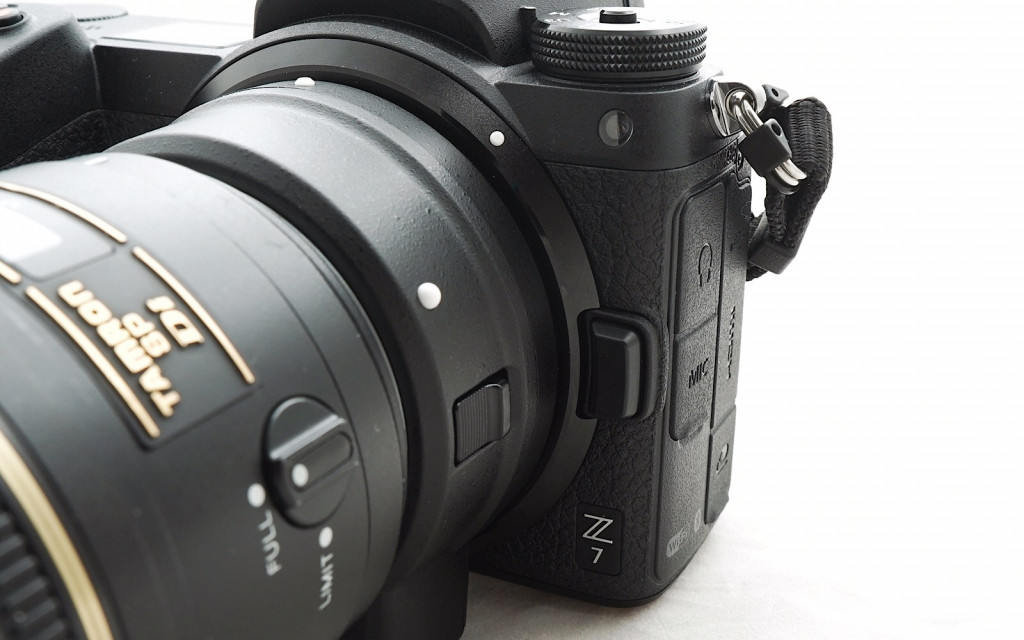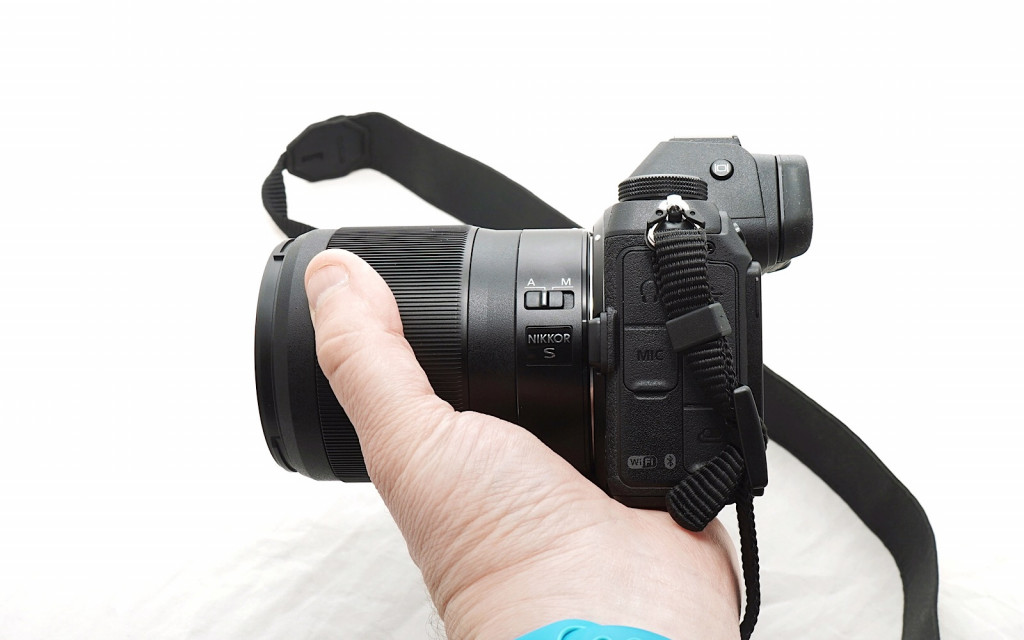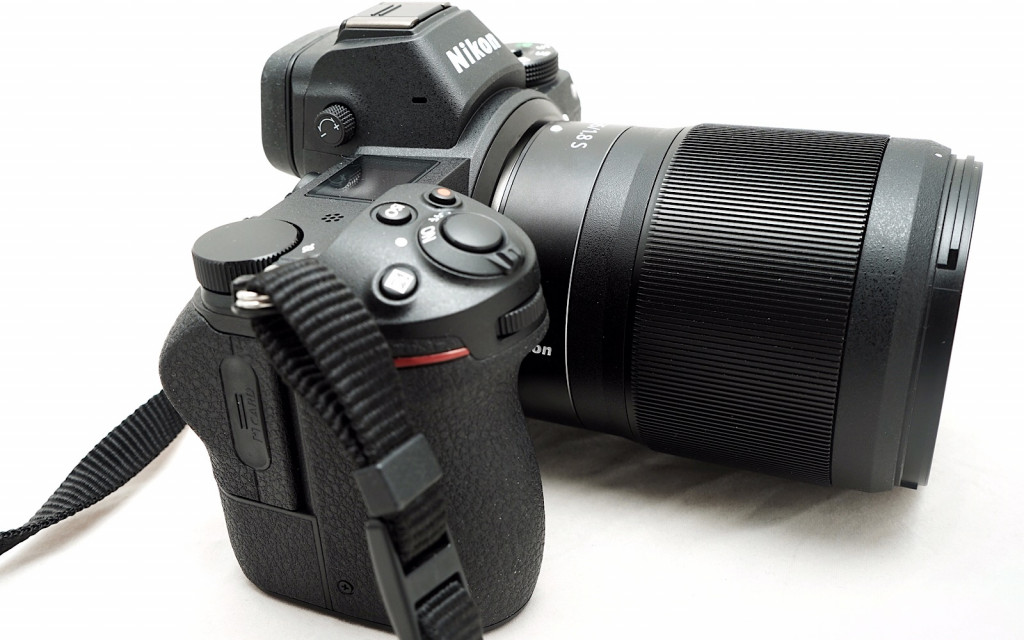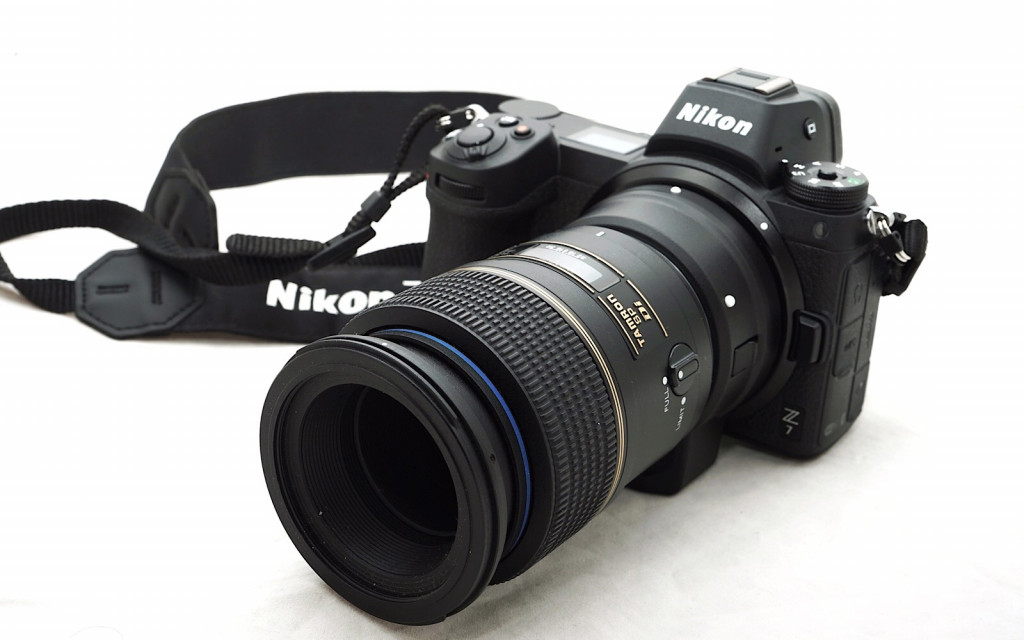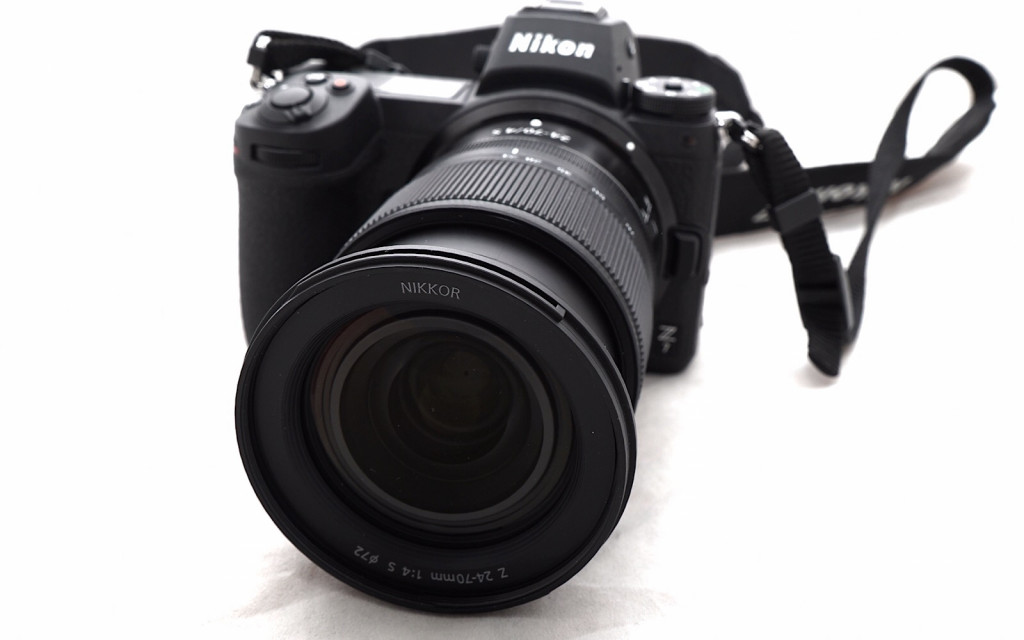Quick review
The good
The not-so-good
It’s been a long time coming, but Nikon’s take on the mirrorless camera world is here, arriving in the Nikon Z7. What’s it like?
One of the oldest camera makers in the world has sure taken its time adapting to the ways of the new.
While it was one of the first to get the single-lens reflex mirror-box camera into the digital world of the consumer, it hasn’t been as forthcoming with the same professional-styled camera minus the mirror.
But times have changed, and now that Sony is putting up some serious competition in its Alpha mirrorless cameras, it’s time for Nikon to show its hand.
Design and features
That starts with the Nikon Z7, Nikon’s flagship sans-mirror camera, a model that eschews the traditional mirror reflex mechanism for something a little more direct: just the sensor behind the lens, no need for a mirror at all.
Understandably, this isn’t a totally new thing for Nikon, which has been making digital cameras for a good 20 years or so, and this is really just the latest in a long line.
It’s not even the first mirrorless camera. They arrived in a very consumer oriented line several years ago, the Nikon 1. Built to be smaller, the Nikon 1 line wasn’t one of Nikon’s best selling cameras, evident from how Nikon killed the line not too long ago.
Now, however, we have something in its place, and it’s a proper mirrorless at that.
Take the lens away and you’ll see only sensor, with a large full-frame 35mm sensor under the hood and no mirror in front.
That sensor offers 45.7 megapixels to work with in stills, with video supported at either 4K Ultra HD or 1080p Full HD.
The sensor also offers a fairly strong range of in sensitivity, offering between 64 and 25600 ISO natively, with expansion on either side able to get the ISO down to 32 ISO or up to 102400 ISO.
Unsurprisingly, images can be captured in both RAW and JPEG, though this will all be captured to one memory card, found on the right side of the Nikon Z7, an XQD card.
Nikon’s Z7 also relies on a new camera mount, something it calls the Z-mount, of which only a handful of lenses exist for, but there is an optional converter found in Nikon’s FTZ, which presumably means “F to Z”.
You’ll find support for both manual modes (PSAM) as well as automatic, all found on the dial, and there are numerous picture modes, too.
One thing you won’t find on this body, however, is a flash, with no flash built into the design, and more of a BYO item.
Despite the dramatic change from an old school body to new — and the lack of the old camera parts — Nikon has kept the look of an older camera, making it just that easier to connect with, and to hold and use.
In-use
An area that Nikon has excelled in for years, the ergonomics of the Nikon Z7 are about as good as you’d expect, with the camera able to fit in your hand very, very well, and comfortable for new and experienced users.
You’ll find control wheels in the right locations, too, with one at the grip for your forefinger, one at the back for your thumb, and control using the touchscreen with a directional pad as well. It’s almost as if Nikon provided every type of control in case you were used to one over the other, offering an absolute ease of use for varied skill levels.
That ease of use is perhaps one of the more interesting points about this mirrorless cameras, which is clearly geared at professionals given a $5K price point, but actually still works for the inexperienced, as well.
If you look at the controls, you’ll find not just the manual modes, but also an automatic mode, effectively giving new users a chance to let the camera do all the work while they’re learning the ropes.
Given how much the Nikon Z7 costs, it’s an inclusion that is thoroughly surprising, but also speaks volumes to how the camera isn’t just targeting one type of image-maker, but every kind.
Are you intending to be a 4K filmmaker but can’t take photos to save your life? Here’s a 4K camera with an auto-mode for you.
Can you take photos like the best of them, but occasionally want a mode to do it all for you? Have one of those.
We kind of get the inclusion, and it’s particularly handy if you want a picture of yourself and have to hand the camera to a friend or coworker, ensuring you’ll at least get partially what you intended.
Performance
Whichever mode you end up picking, you should find the Nikon Z7 perform to expectations, with fast focus lock in daylight with the right lenses, and some sharp images to boot.
Testing the camera mostly in manual and aperture modes, we found we sat mostly in ISO800 to 3200, with the camera delivering excellent colour and clarity.
In low light, it handled itself well, too, though we found the autofocus was occasionally a little. Despite this, images were fairly solid, and if you know what you’re doing, you’ll find the camera definitely keeps up.
And even if you don’t, auto provides enough flexibility, particularly since you can control how much ISO sensitivity you have at your disposal, be it with a manual ISO control or an automatic ISO range.
However, to use the new camera, you’ll need some glass, and that’s where Nikon’s Z-mount comes in.
Built for larger lenses, it’s an entirely new mount with an entirely new range. There aren’t many to start with, offering a 24-70mm F4, a 35mm F1.8, and a 50mm F1.8, with Nikon planning to release a 58mm F0.95 Noct later in the year.
For our test, we had the 24-70 F4 and 35 F1.8 at our disposal, and we quickly formed a favourite, with the 35mm really offering a razor sharp image that could be controlled to let you get the most out of the sensor.
Overall, as nice as having a walkaround lens was in the 24-70, we found the F4 aperture to be a little high for getting shots with creamy backgrounds, and wondered why Nikon didn’t just bite the bullet and go for an F2.8 Z-mount lens out at release.
Still, both are good options, with the 24-70 being more of a lens to take around most places, while the 35mm is easily for getting shots you care about, much like we suspect that 50mm (which we didn’t get to play with).
Old lenses and the FTZ
Our test kit didn’t just arrive with a couple of new lenses, though; it also rocked up with Nikon’s FTZ, the optional camera converter that makes Nikon’s long-established F-mount compatible with Nikon’s brand new Z-mount.
It’s a converter pretty much every old school Nikon owner is going to want, as it makes F-mount lenses able to be used on the Nikon Z mount of the Z7 (and Z6).
It’s something we tested with a Tamron 90mm macro, which provided the power of Nikon’s 45 megapixel sensor to one of our favourite lenses, complete with autofocus working.
Without doubt, Nikon oldies will be lining up for this part, as it will extend the support of the Nikon Z-mount to all of their favourites.

Battery
We can also say positive things about the battery, which while only lasting a good 300-400 images including wireless transfer, finally has modern charge mechanisms going for it.
On the one hand, you can keep charging that battery using another external battery charger not unlike the ones Nikon DSLRs typically use, but on the other, you also have the power of USB.
Yes, Nikon has finally joined the world of modern cameras and allows USB recharging, taking advantage of the Type C USB port on the side of the Nikon Z7 to recharge the camera directly.
It’s a feature we’re surprised has taken Nikon as long as it has to adopt, but now that it’s here, we are delighted. Now, if it could just roll that recharge feature through to every other camera with a USB port on the side, be it micro or mini.
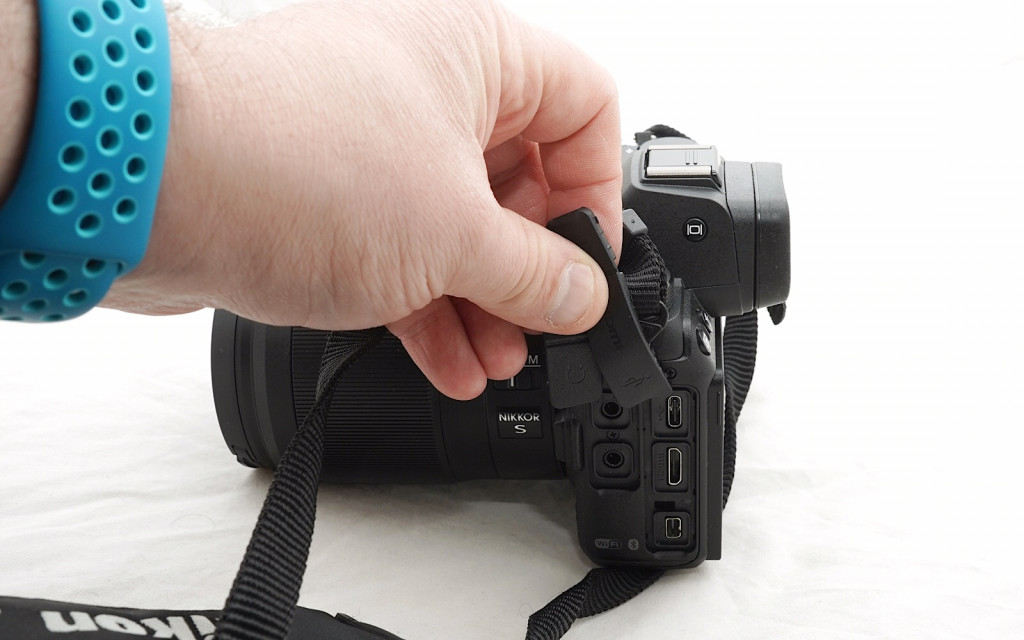
Value
Value is one area that may seem a little hard to justify, though, because at $5499 body only, the Nikon Z7 is one hefty piece of kit, especially when it’s not even a photo-journalist camera.
That said, you could definitely use it for that, recharging using a portable power bank if the camera ever ran out of charge in the course of the regular day.
We’re not going to say the Nikon Z7 beats the likes of a larger D5, because we’ve played with both and we don’t think that’s fair, but given the competition is that of Sony’s mirrorless cameras like the A9, we can see why the pricing is what it is.
Whether it’s a solid value or not isn’t something we’re entirely sure of, but the camera is a $5K body, even if it has a few things it needs to get worked out.
What needs work?
There are undoubtedly a lot of great features of the Nikon Z7, and we love the design, the feel, the quality, and the ergonomics, all things that are typically Nikon traits.
What we don’t like is the spin.
Take the reported 8K movie mode, which quite a few journalists have been led to believe is an 8K mode.
Except it’s not. At all. If you go looking for it in the manual and the release material, you’ll be led down a path that informs you the 8K mode is in fact a camera mode that lets you take pictures at intervals in time lapse photography using the camera’s built-in intervalometre, and when that sequence is done, you can edit the photos yourself into an 8K movie.
:O
That’s spin for you: telling you a feature exists only to find out that it, in fact, does not. The camera’s 8K mode is, in fact, not an 8K mode. It’s a stills mode that you can edit together yourself. Hooray.
The problem with this spin is that any camera with a time lapse mode can technically do it, and this feature just disappears into the ether like the shots we had planned to take in the 8K movie mode.
We’re also not a fan of the autofocus, which feels weaker than it should.
Nikon’s local PR told Pickr that this write-up could be called a “review”, which tells us the models should be production-ready, and yet the autofocus felt lacking. At times, the focus would deliver soft images, while in low-light, it barely worked at all unless you left the green light autofocus illuminator on, a feature that makes you a little less likely to get the shot if you happening to be trying to get a shot discretely.
We’ve seen other cameras handle low-light autofocus much better than the Z7, and at times, we switched to manual focus, as it was just so much more reliable.
In fact, we found it bizarre that Nikon’s 3D autofocus technology wasn’t bundled in, meaning continuous focus is less calculated in its tracking than say the focus systems on some of Nikon’s other models.
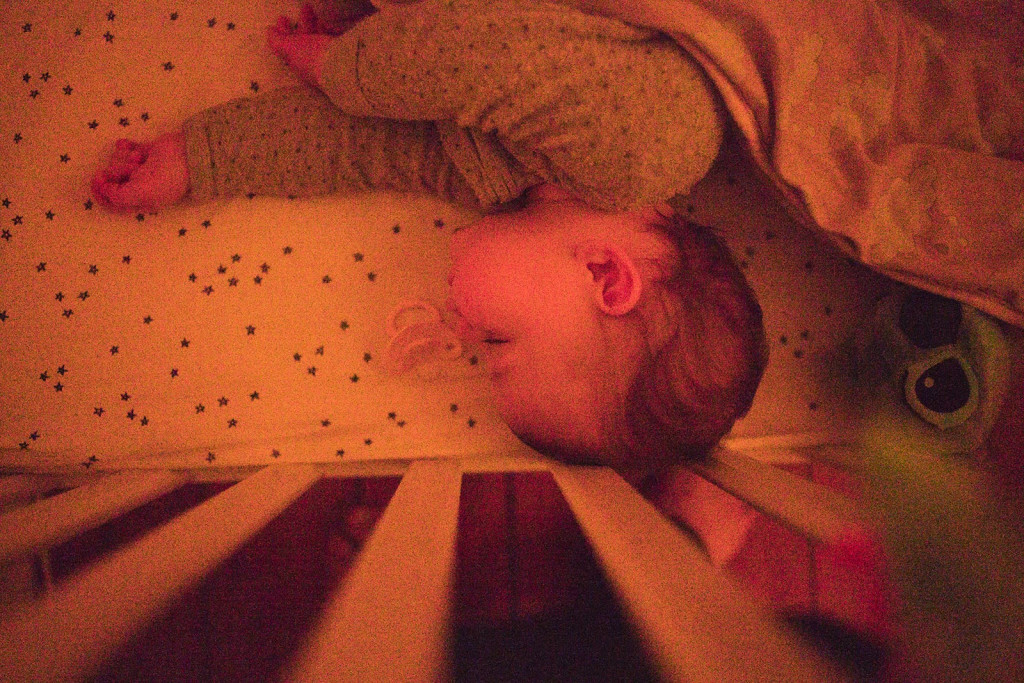
This omission reminds us of some of the other bits and pieces missing or shifted on the Nikon Z7, such as the inclusion of only one card slot, which seems a touch short-sighted when you consider other competing mirrorless cameras can sport two.
We’re also a little surprised to see the XQD memory format here, especially when SD cards are so commonly found.
The option of both would have been handy, because now you can’t take any of your SD cards with you, something you likely have from a previous camera that you might be upgrading to in the Nikon Z7.
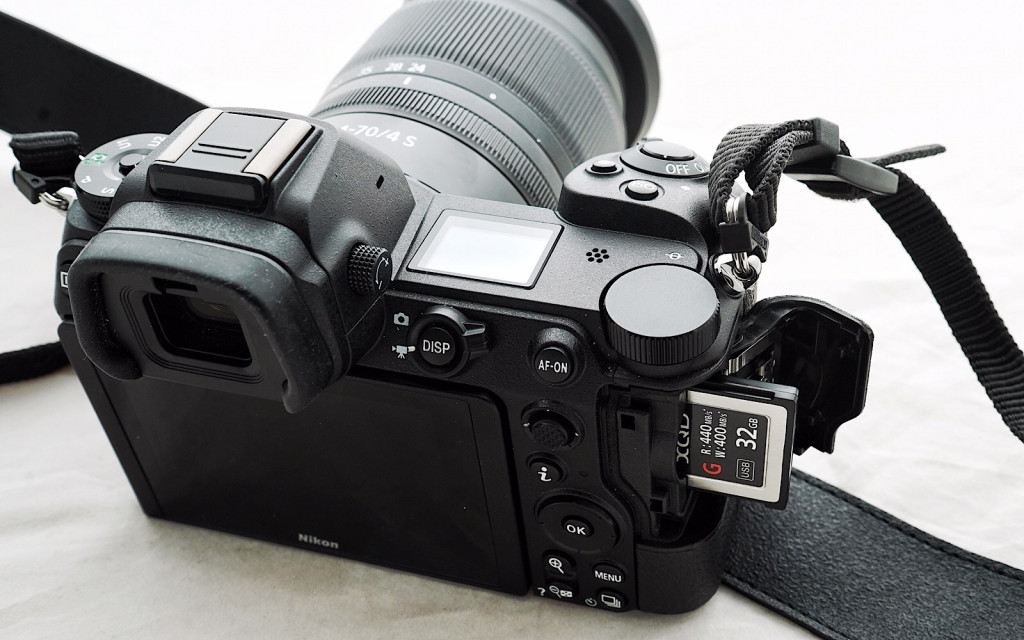
Final thoughts (TLDR)
Nikon’s first proper take on the mirrorless market has pros and cons, but overall, we found ourselves really liking what Nikon has created.
It’s interesting, because in the years where it has seemed like Nikon hasn’t cared about developing mirrorless, we found ourselves gravitating towards Sony, which is doing tremendous work in the mirrorless category, not just in the sensors it excels at, but in the camera design, as well. In many ways, it can feel like while Sony has started to push ahead, mainstays like Nikon have stayed behind, waiting to see whether mirrorless was a phase or something more.
And something more it definitely is, and now worth the attention of Nikon and the like, with Canon entering, too.
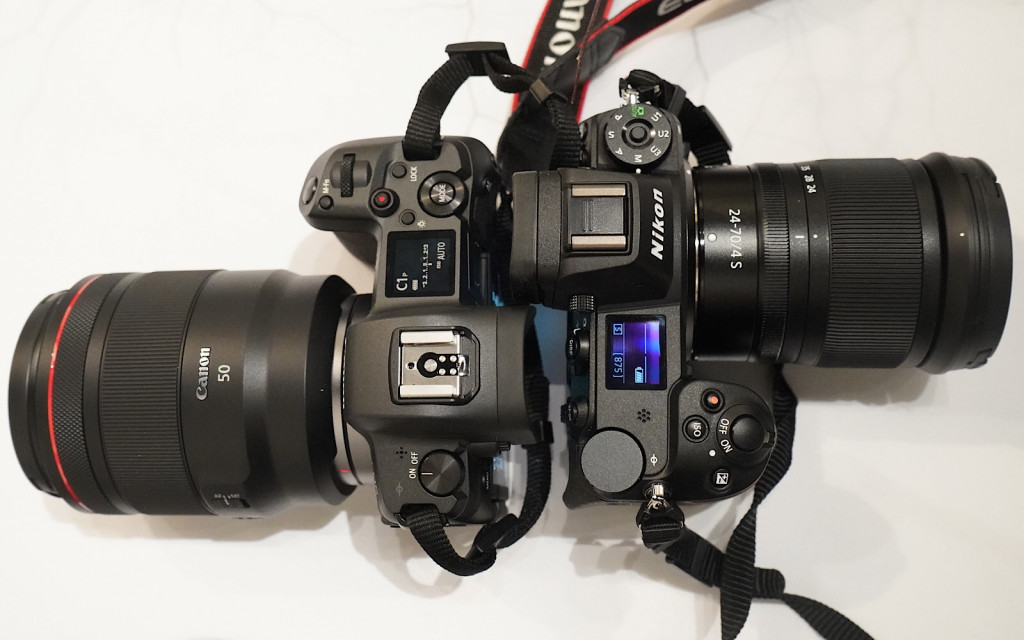
There are a lot of things we could say about Nikon’s new camera, too. We could say that it needs a few things, like its bugs fixed, or even something we saw on Canon’s competitor EOS R prototype: a guard for the sensor for changing lenses, helping to prevent dust from landing on that massive full-frame 35mm sensor.
But even though Nikon’s Z7 misses out on some neat features, it feels like such a lovely camera and is capable of such lovely shots, that it’s hard to look past.
We’re particularly curious how its Z6 sibling is going to perform, and what price that will come in at, but right now, Nikon’s Z7 is one of the nicest Nikon cameras that you can form a connection with, and a nice sign that Nikon isn’t going anywhere. Welcome back, Nikon. Welcome back.


